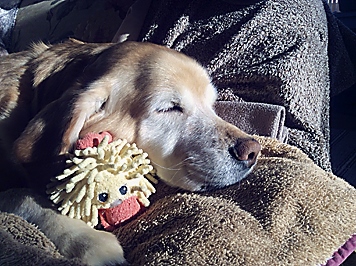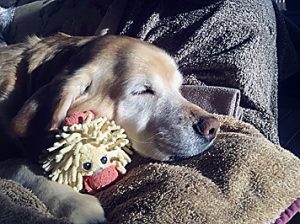Beware spring’s dangers
By Dr. Rebekah Frost - OBSERVER Columnist
 Spring is officially here! With the welcome change in the weather, there are some spring dangers to be aware of with our pets. Below I will discuss how to protect your pets in the upcoming months.
Spring is officially here! With the welcome change in the weather, there are some spring dangers to be aware of with our pets. Below I will discuss how to protect your pets in the upcoming months.
1. Beware of what lies beneath — As the snow is melting, things are surfacing that could pose a risk to our pets. This might include wild animal feces, puddles of water containing harmful bacteria, animal carcasses, and more. At our clinic, springtime brings on a flood of pets with vomiting and diarrhea. I contribute this to non discretionary eating of things surfacing as the snow melts, or drinking water from puddles that can be harmful to our pets. Watch your pets closely when letting them outdoors this time of year. When cleaning up your yard, check for things that may be harmful to your pets.
2. External parasites — ticks and fleas are emerging in the outdoors and infesting our pets. Ticks love cooler temperatures and any temperature above 40 degrees they thrive. Ticks lay waiting on the tops of grasses and in woodpiles. They look to jump on your dog or cat where they will attach and start their blood meal. The most common tick we see in the clinic is the deer tick. Deer ticks can transfer Lyme disease, a bacterial disease that causes life long joint and kidney issues. Fleas are also emerging with the warming weather. Ask your veterinarian what flea and tick preventives are best for your pet.
3. Internal parasites — many parasite eggs can survive the winter and be ingested by your pet. If your pet just sniffs another pets stool, they can pick up the parasite eggs which may cause severe disease. We recommend a yearly fecal check to make sure your pet hasn’t picked up any of these parasites. Only a couple of intestinal parasites are visible to the naked eye. The rest have to be diagnosed by looking at a sample under the microscope.
4. Spay that cat! — Springtime is the start of your pets going through their heat cycles. Cats will go into heat monthly and can very quickly escape out an open door and become pregnant. Help control the pet population and protect your pets from breast cancer and uterine disease by spaying your pet.
5. Beware of wildlife — Spring is the time for the local wildlife to emerge from their winter hibernation. Many dogs will get “skunked” this time of year. Although not dangerous to your pet, the odor will stay with your pet for a long time! Porcupines also emerge this time of year. Porcupine quills are very painful and can lead to a deep infection very quickly. Protect your pets by keeping them contained and not allowing them to roam. Make sure your pets are up to date on their rabies vaccination. Rabies is a deadly virus contracted by a bite from an infected animal and is also a human health risk.
6. Select non-toxic plants –when gardening, select plants that are non – toxic to your pets. Any plant in the lily family is very toxic if your cat ingests any part of the plant. Do not let your pups dig in your gardens as the bulbs of daffodils and hyacinths can also be toxic.
Above all, get outside with your pet! The warm temperatures are a welcome change for your pets that have been cooped up all winter. Take your pet for a walk, take them out and play fetch, let them spend time with you while gardening and cleaning up your yards for the year to come.

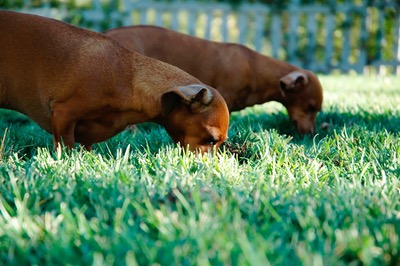

 In the past few years, our clinic has seen sporadic outbreaks of Canine Infectious Respiratory Disease (better known as kennel cough). We have seen these outbreaks once to twice yearly and these outbreaks have involved anywhere from 10 to 30 pets.
In the past few years, our clinic has seen sporadic outbreaks of Canine Infectious Respiratory Disease (better known as kennel cough). We have seen these outbreaks once to twice yearly and these outbreaks have involved anywhere from 10 to 30 pets.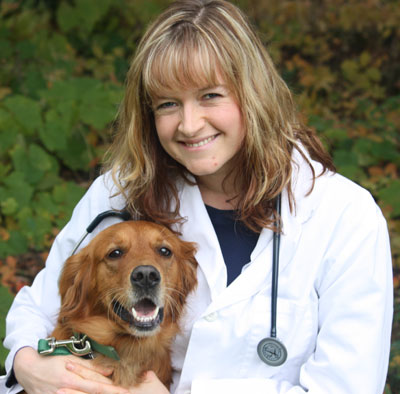
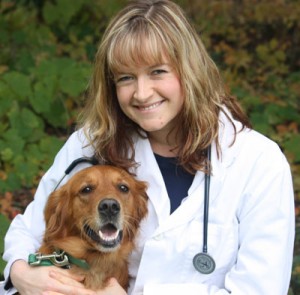

 The holidays are upon us and it is that time of year to give the perfect gift to your loved ones. In our family, this includes our many pets and family members that are pet lovers like me.
The holidays are upon us and it is that time of year to give the perfect gift to your loved ones. In our family, this includes our many pets and family members that are pet lovers like me. 15. A donation to a local shelter or animal fund in honor of your pets or a loved ones pets. This is one of the greatest gifts you can give to help those pets in need! At the Dunkirk Animal Clinic we have a fund called the Big Foot Fund in honor of one of our clinic cats. This fund helps stray and injured pets get the care they need. We also sell homemade cat nip toys that benefit this fund. Stop down and donate today!
15. A donation to a local shelter or animal fund in honor of your pets or a loved ones pets. This is one of the greatest gifts you can give to help those pets in need! At the Dunkirk Animal Clinic we have a fund called the Big Foot Fund in honor of one of our clinic cats. This fund helps stray and injured pets get the care they need. We also sell homemade cat nip toys that benefit this fund. Stop down and donate today!